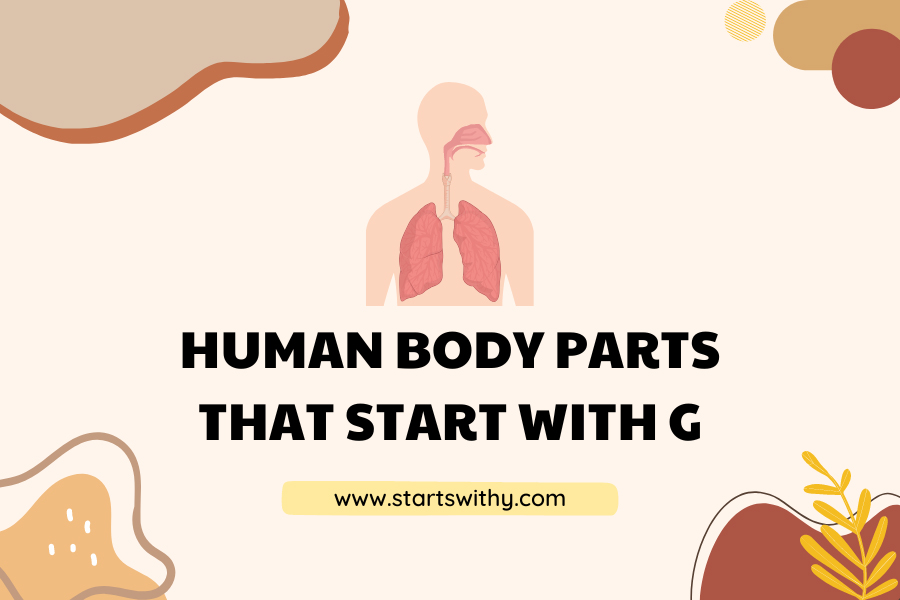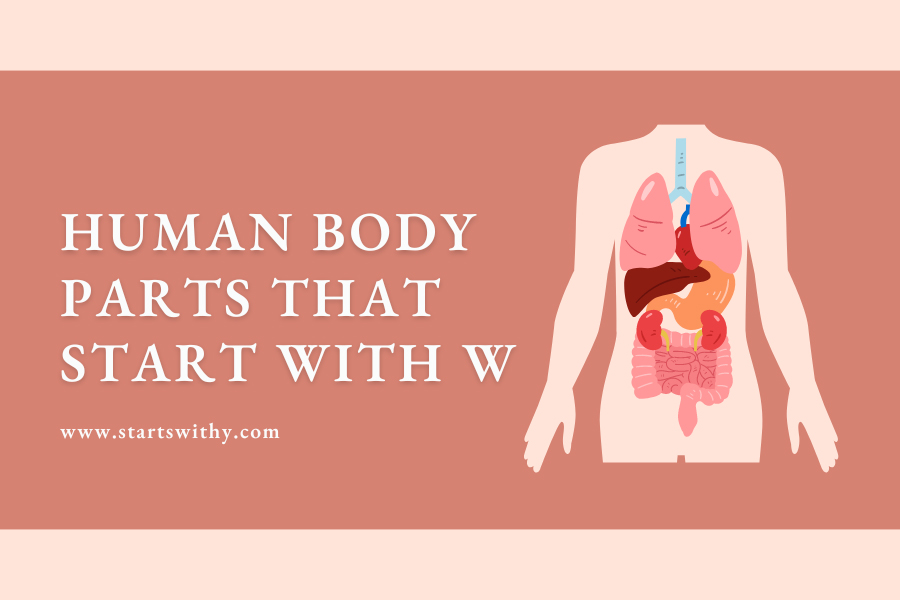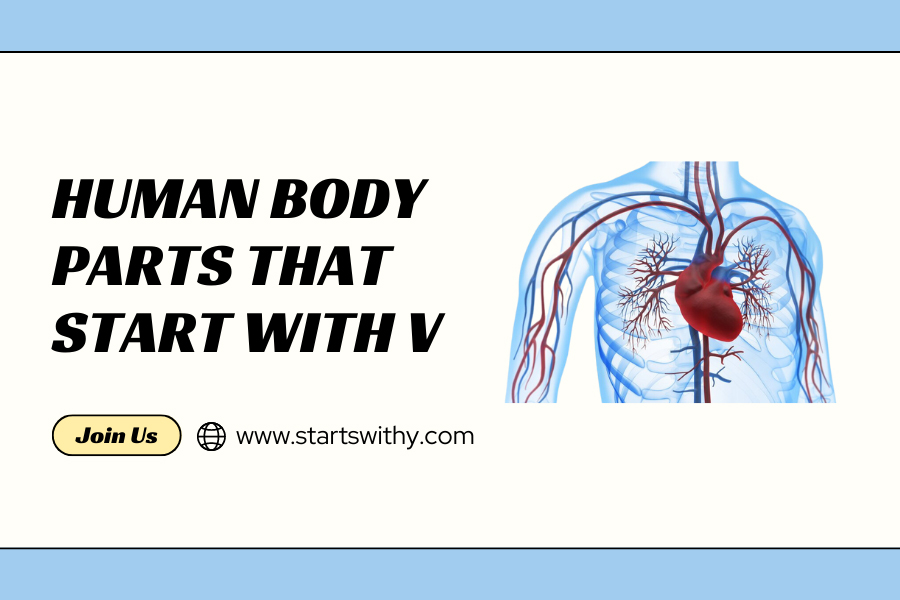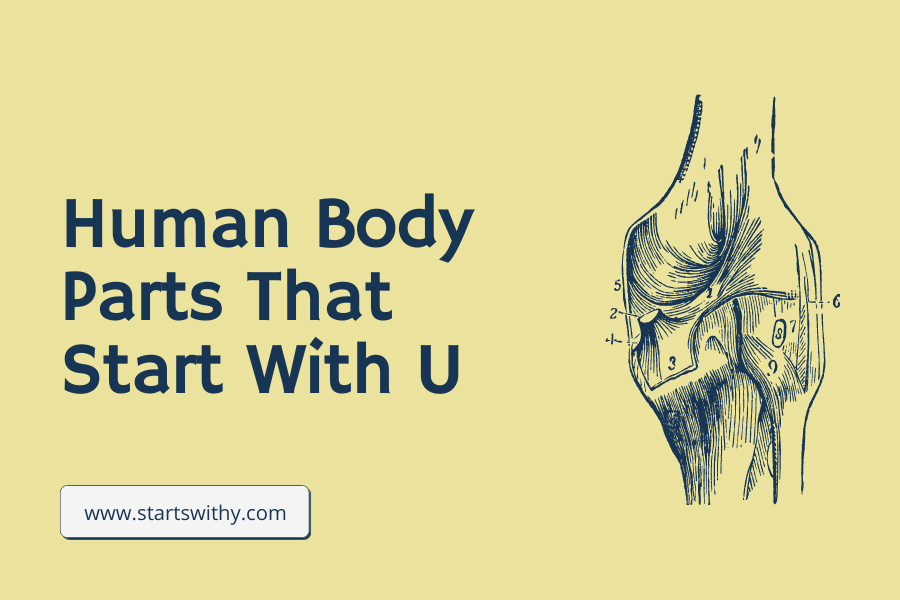Gear up for another exciting chapter in our ongoing series exploring the wonders of human anatomy. This article, “Body Parts That Start With G”, delves into the intriguing facets of those body parts beginning with the letter ‘G’. We will examine everything from the intricacies of the gallbladder to the simple elegance of the gums, highlighting their structure, function, and unique attributes.
This piece is a perfect resource for educators, students, or anyone with an inquisitive mind about the human body. Whether you’re a biology aficionado or an eager learner, we invite you to join us as we continue to unravel the beautiful complexity of our bodies, one alphabet at a time.
Human Body Parts That Start With The Letter G
The human body is a wonder, an intricate network of systems, organs, and tissues that work in harmony to keep us functioning. As we navigate our way through the alphabet of human anatomy, we arrive at “G”. This letter identifies a host of fascinating body parts, each serving its unique function. This article aims to enlighten readers about these body parts that start with “G”, shedding light on their characteristics, functions, and their pivotal roles in our health and wellbeing.
Gallbladder
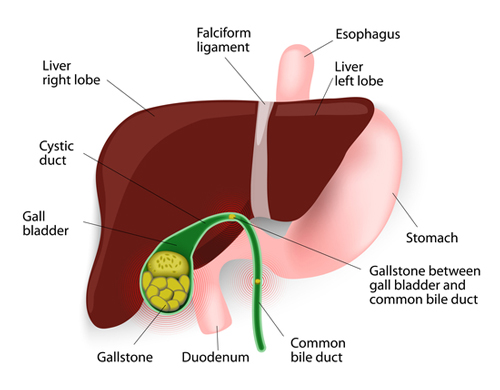
The gallbladder is a small, pear-shaped organ located beneath the liver. Its primary function is to store bile, a fluid produced by the liver that aids in the digestion of fats. When we eat, the gallbladder contracts to release bile into the small intestine, helping breakdown the ingested fats into smaller droplets that can be more easily digested.
Gums (Gingivae)
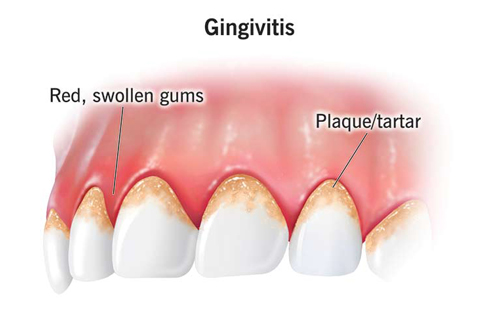
The gums, or gingivae, are the soft tissues that cover the jawbone and surround the base of the teeth, providing a seal around each tooth. The gums play a vital role in oral health, offering protection against bacteria and providing support for the teeth. Healthy gums are typically pink and firm, and good oral hygiene is crucial to maintaining their health.
Gluteus Muscles
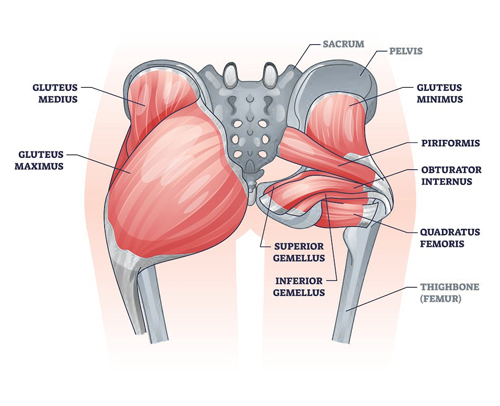
The gluteus muscles, comprising the gluteus maximus, medius, and minimus, form the bulk of the buttock. The gluteus maximus, the largest of the three, plays a crucial role in hip extension, outward rotation, and is integral in movements like standing up and climbing stairs. The medius and minimus are primarily responsible for hip abduction, moving the leg away from the body’s midline, and they also help with hip rotation.
Glands
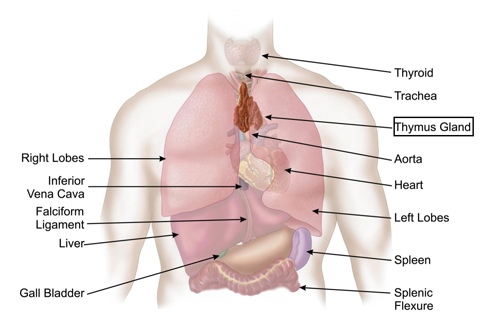
The term “gland” refers to an organ in the human body that synthesizes and secretes substances necessary for bodily functions. Glands fall into two categories: endocrine and exocrine. Endocrine glands, like the pituitary or thyroid, secrete hormones directly into the bloodstream. In contrast, exocrine glands, such as sweat, salivary, or mammary glands, release their products onto an epithelial surface, either directly or through a duct.
Gastrocnemius
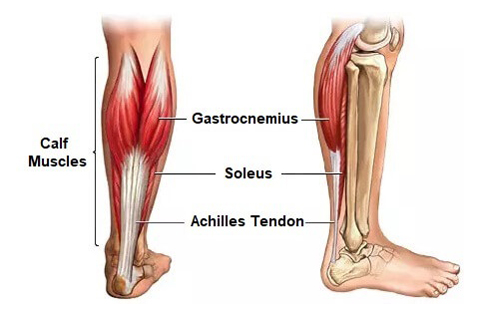
The gastrocnemius muscle is one of the two major muscles (the other being the soleus) that make up the calf of the leg. Its main function is to flex the foot at the ankle joint and flex the leg at the knee joint. It is also instrumental in activities that involve jumping and running.
Gonads
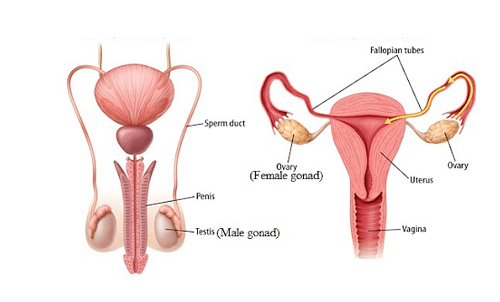
The gonads, comprising the ovaries in females and testes in males, are the primary reproductive organs and the main source of sex hormones. In females, the ovaries produce eggs (ova) and secrete the hormones estrogen and progesterone. In males, the testes produce sperm and the hormone testosterone. Both the eggs and sperm are critical for human reproduction.
Groin
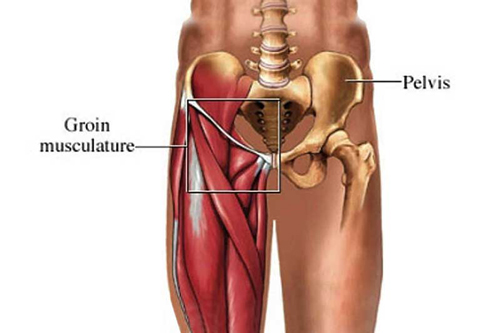
The groin is the junctional area between the abdomen and the thigh on either side of the pubic bone. This region includes several important structures, including the inguinal ligament and the femoral artery, vein, and nerve. The term “groin” is often used to refer to the parts of the body that are near the genital area.
Gluteal Nerve: The Powerhouse of the Buttocks
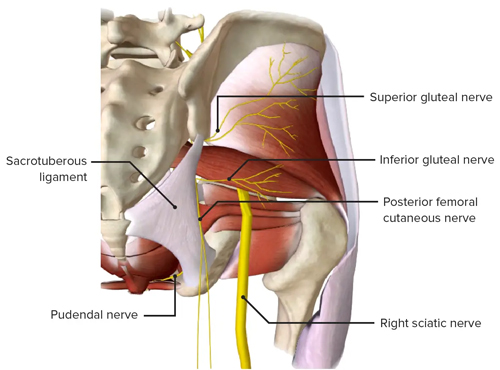
Imagine a hidden conductor directing the muscles of your backside – that’s the gluteal nerve. This crucial nerve sends signals from the spinal cord to the gluteal muscles, enabling us to walk, run, climb stairs, and perform various other everyday movements.
- Branching Out: The gluteal nerve is a branch of the sacral plexus, a network of nerves located in the lower back. It splits into several smaller branches, each supplying a specific gluteal muscle:
- Superior Gluteal Nerve: Controls the gluteus maximus, the largest and most powerful muscle in the buttocks, responsible for hip extension and upward movement.
- Inferior Gluteal Nerve: Supplies the gluteus medius and minimus, responsible for stabilizing the hip and preventing side-to-side movement.
- Muscle Maestro: The gluteal nerve plays a vital role in maintaining good posture and balance. It allows us to control the position of our pelvis and legs, ensuring smooth and coordinated movement.
- Protecting the Pathway: Wearing supportive shoes, stretching regularly, and maintaining good posture can help prevent compression or irritation of the gluteal nerve, which can lead to pain and weakness in the buttocks and legs.
Gluteal nerve showing its location and branches connecting to the gluteal muscles
Great Vessels: The Body’s Mighty Rivers
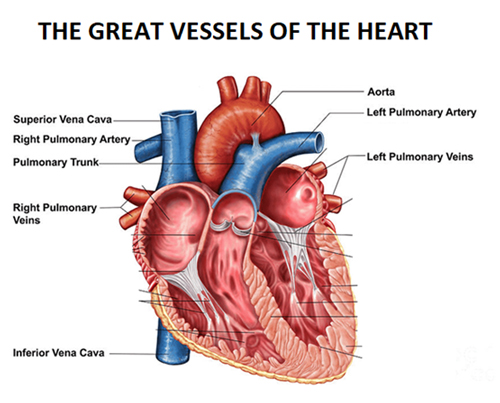
Imagine a vast network of highways transporting a vital fluid throughout your body – that’s the wonder of the great vessels. These mighty arteries and veins carry blood to and from your heart, ensuring every cell receives the oxygen and nutrients it needs to function.
- Aorta and Vena Cava: Two main vessels take center stage:
- Aorta: The largest artery in the body, the aorta carries oxygen-rich blood from the heart to the rest of the body. It branches out into smaller arteries, delivering blood to every organ and tissue.
- Vena Cava: The superior and inferior vena cava are the body’s largest veins, returning deoxygenated blood from the body back to the heart.
- A Symphony of Flow: The great vessels work in a coordinated flow: The aorta pushes blood out under high pressure, while the vena cava draws it back at a controlled pace. This continuous circulation ensures consistent delivery of oxygen and nutrients, keeping your body functioning optimally.
- Maintaining the Network: A healthy lifestyle, including regular exercise, a balanced diet, and managing risk factors like high blood pressure and cholesterol, is crucial for keeping the great vessels healthy and ensuring smooth blood flow throughout your life.
Great vessels showing the aorta, superior vena cava, and inferior vena cava
Greater Omentum: The Body’s Hidden Guardian
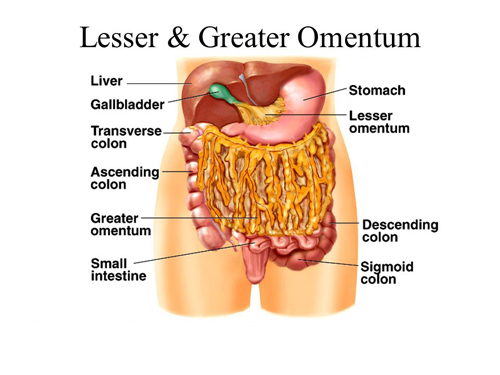
Imagine a delicate, apron-like sheet protecting your abdominal organs – that’s the greater omentum. This remarkable structure, composed of fatty tissue and blood vessels, plays a crucial role in digestion, immunity, and overall well-being.
- Protective Blanket: The greater omentum drapes over your intestines, providing cushioning and support. It also contains immune cells that fight infection and help repair damaged tissue.
- Fat Factor: The fatty tissue within the greater omentum stores energy and produces hormones that regulate metabolism and inflammation.
- Surgical Sentinel: During surgery, the greater omentum can be used to cover and repair damaged organs due to its versatile nature and rich blood supply.
Greater omentum showing its location and connection to the stomach and intestines
No matter which part of the body you choose, explore its unique features, functions, and importance in maintaining your health and well-being.
Gray Matter
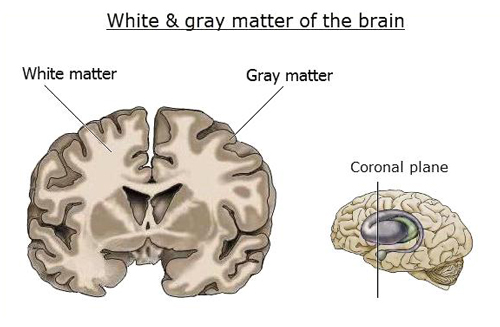
Gray matter refers to areas of the central nervous system packed with neuron cell bodies and non-neuron brain cells (neuroglia) that support neuron function. Found in the brain, spinal cord, and other areas like the retina, gray matter plays a critical role in muscle control, sensory perception, memory, emotions, and speech.
Glottis
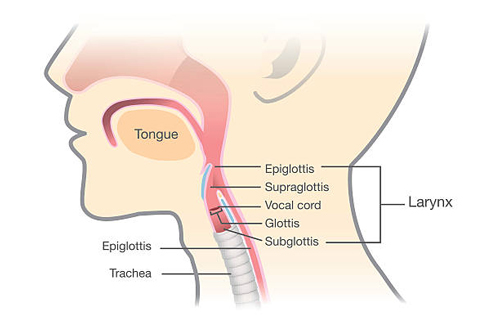
The glottis is the part of the larynx that consists of the vocal cords and the slit-like opening between them. It manipulates the volume and pitch of speech by controlling the amount and pressure of the air that passes through the vocal cords.
List of Human Body Parts Starting with G
| Gallbladder | Glossopharyngeal Nerve | Gluteal Nerve |
| Great Cerebral Vein | Great Vessels | Greater |
| Groin | Gut-Associated Lymphoid Tissue | Gums (Gingivae) |
| Glottis | Gastrocnemius | Gluteus Muscles |
| Glands | Gonads | Gray Matter |
Conclusion
Our journey through body parts beginning with “G” has provided an enlightening exploration into various structures essential for our everyday functioning and survival. From the gallbladder’s role in digestion to the significant role the gluteus muscles play in locomotion, we see that each body part, irrespective of its size or visibility, plays a crucial role in maintaining our overall health and wellbeing. As we continue to delve into the alphabet of the human body, we can only marvel at the complexity and wonder that is human anatomy.
Human Body Parts That Start With
A | B | C | D | E | F | G | H | I | J | K | L | M | N | O | P | Q | R | S | T | U | V | W
